A simple index comparing uric acid and good cholesterol to give context on metabolic balance.
Securely stored in EU
Cancel anytime
Test 100+ biomarkers
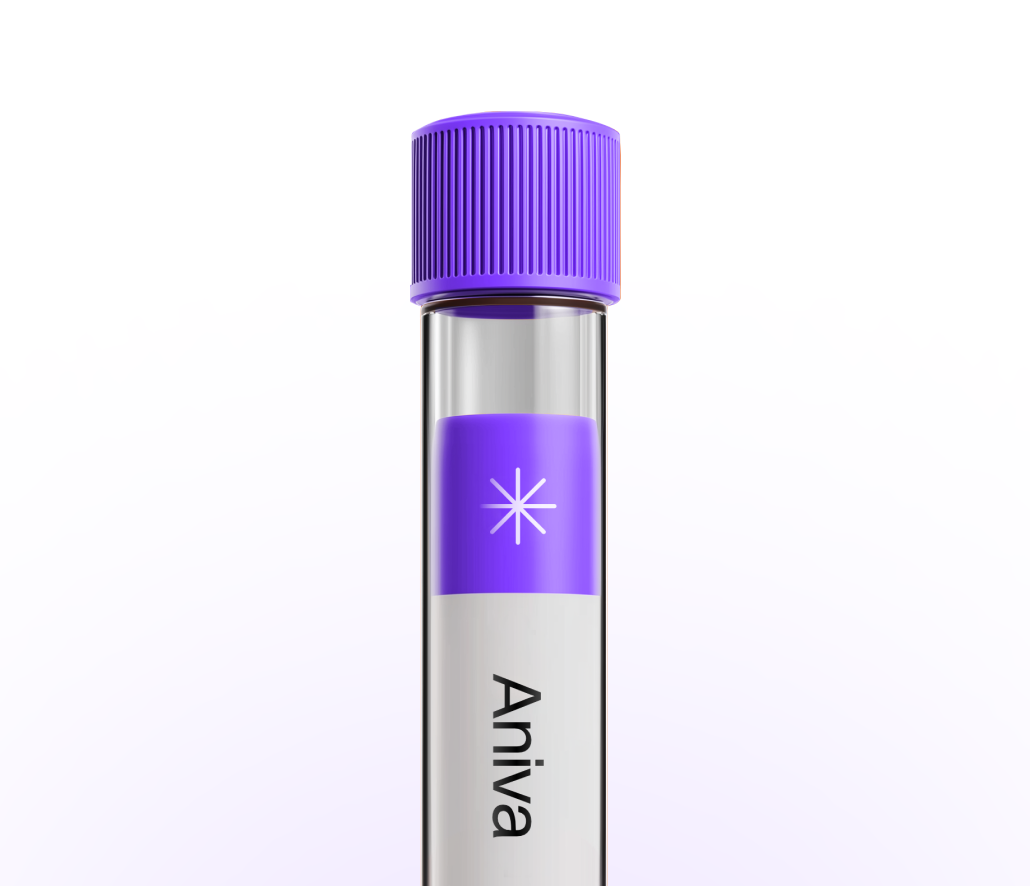
Less than 5 minutes waiting time. One
simple test at one of our 20+ locations.
Get your lab reports within one week.
Accessible on our app and per PDF.
All your health records stored
in a single, convenient place.

Clinicians may use this research-based ratio to spot patterns linked to insulin resistance and cardiometabolic risk. It adds context to standard uric acid and lipid results, especially if you have gout concerns, low HDL, or metabolic risk factors. Results can guide follow-up testing and lifestyle conversations, but it is not used alone for decisions. You can test this marker with Aniva across Germany and Finland.
Clinicians may use this research-based ratio to spot patterns linked to insulin resistance and cardiometabolic risk. It adds context to standard uric acid and lipid results, especially if you have gout concerns, low HDL, or metabolic risk factors. Results can guide follow-up testing and lifestyle conversations, but it is not used alone for decisions. You can test this marker with Aniva across Germany and Finland.
High: May reflect higher uric acid, lower HDL, or both. This pattern can occur with insulin resistance or gout tendency. Consider checking individual uric acid and a full lipid panel, and rechecking after good hydration and a calm week.
Low: Often reflects lower uric acid, higher HDL, or both. Usually favorable, but confirm with the separate tests if symptoms or medicines could affect levels. Trends over time, alongside other labs and your story, give the best picture.
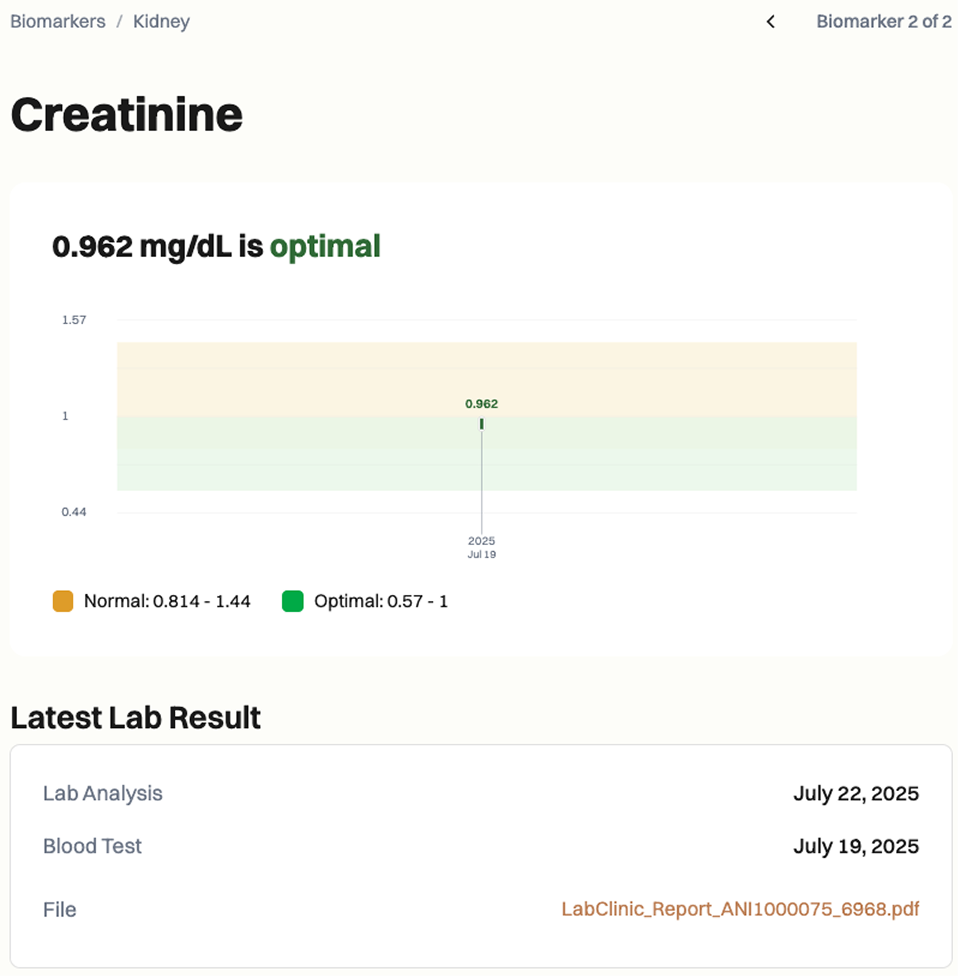
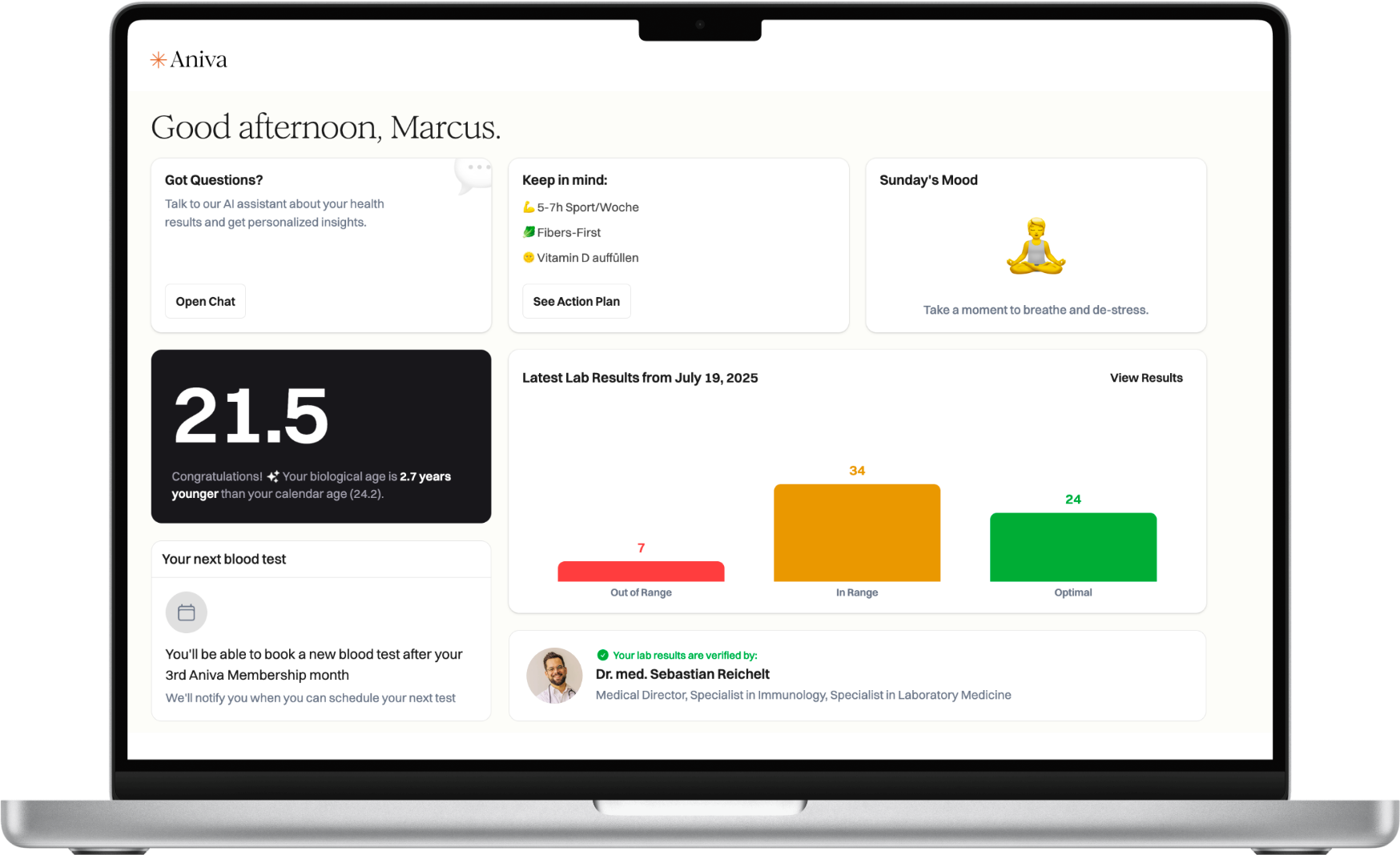
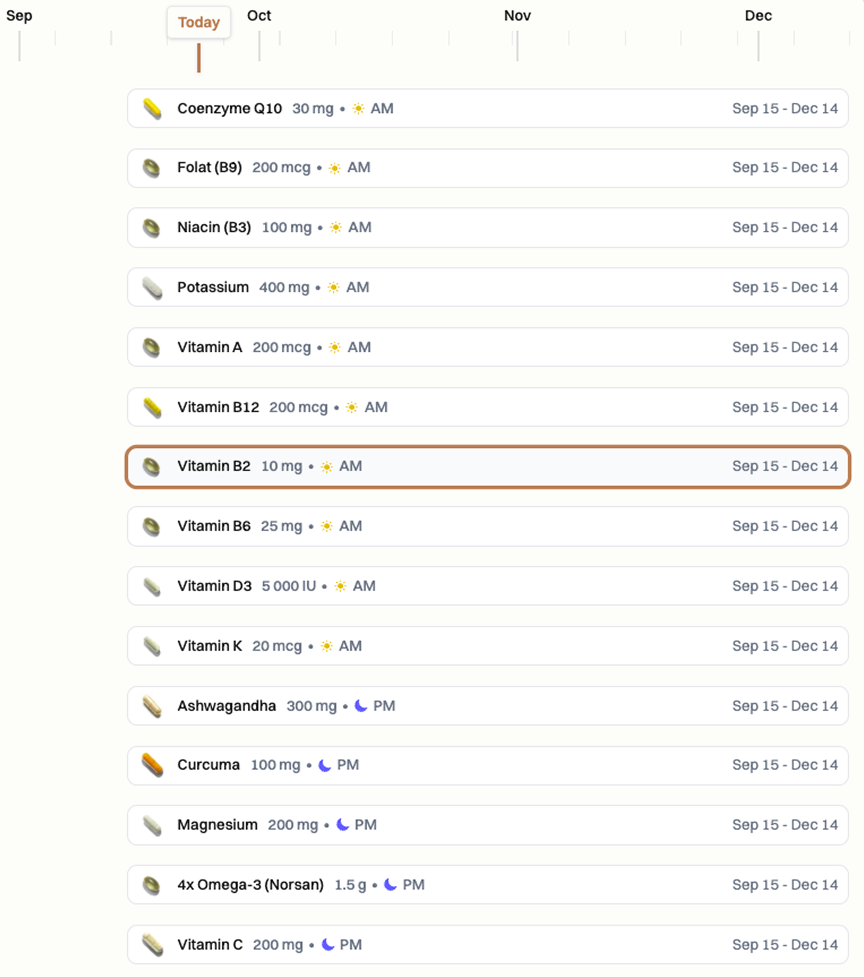
Common factors that can skew results include recent alcohol, large purine-rich meals (red meat, organ meats, some seafood), dehydration, intense exercise, and acute illness. Some medicines and supplements can shift values, such as diuretics and niacin (may raise uric acid or lower HDL) and high-dose vitamin C (may lower uric acid). Smoking can lower HDL, while oral estrogens can raise HDL. Aim for consistent timing and routine the day before testing.
Special situations: during a gout flare, pregnancy, or serious illness, confirm results when stable or review alongside the separate uric acid and lipid tests.
What does my result mean? A higher ratio can reflect higher uric acid, lower HDL, or both. A lower ratio often suggests a more favorable balance. Confirm with the individual tests.
Do I need to fast? No. Fasting is not routinely required for uric acid or HDL. Follow any specific instructions from your clinician.
What can affect the result? Alcohol, big purine-rich meals, dehydration, intense exercise, illness, diuretics, niacin, smoking, and high-dose vitamin C can shift values.
How often should I test? If tracking metabolic risk or gout, many people recheck every 3–6 months or as advised by their clinician.
How long do results take? Most labs return results in about 2–5 working days.
What should I discuss with my clinician? Ask how your ratio fits with uric acid, full lipids, and glucose markers, and which next steps—if any—make sense for you.

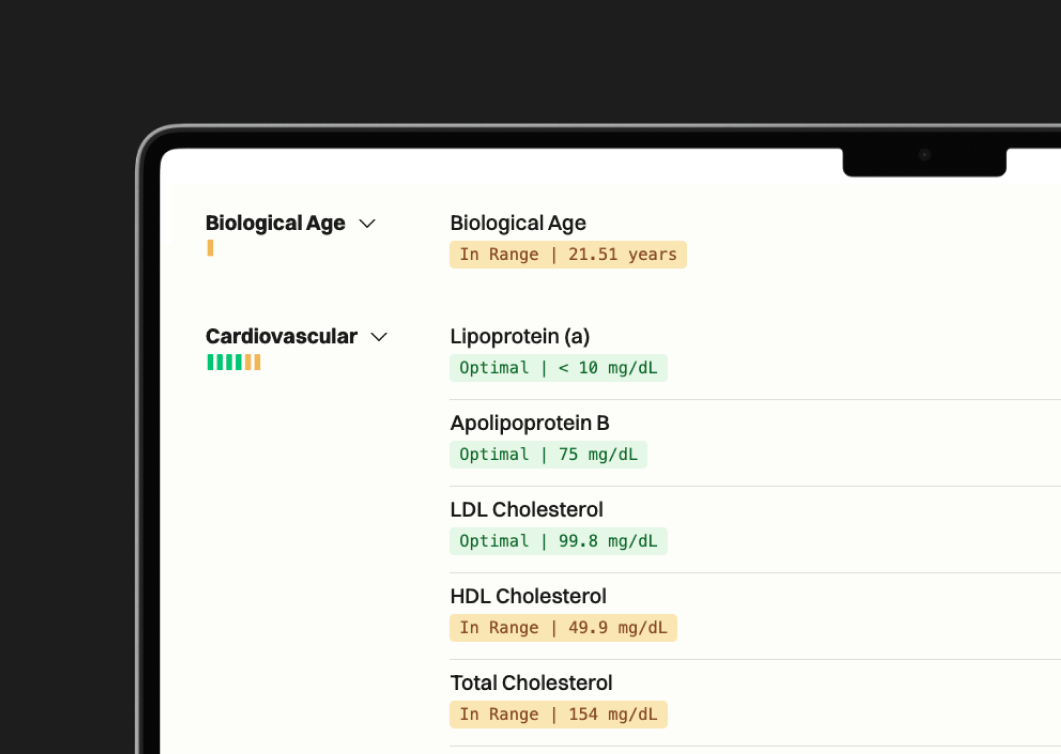

One annual blood test (100+ biomarkers)
Clinician-reviewed insights
Personalized action plan
Access to our AI Concierge
Access to curated products


63%
44%
70%